In Dialogue

Almond Zigmund’s work occupies the charged space between structure and disruption. Moving fluidly across sculpture, painting, and installation, her practice explores the intersection of geometry, architecture, and lived experience—often in subtle yet powerful ways. I have the pleasure of discussing her work at the end of her recent exhibition at East Hampton’s Guild Hall. In this interview exchange, Zigmund speaks about the formative influences that shaped her, from growing up in a creative household to navigating the distinct geographies of Brooklyn, Las Vegas, and the East End of Long Island. The conversation delves into the improvisational roots of her approach, her ongoing engagement with spatial systems, and how tension—between control and spontaneity, place and perception, the built and the organic—continues to animate her work. With references to theorists, artists, Zigmund offers a thoughtful and richly textured account of how art can be both experiential and critical, formal and deeply human.
Can you share a bit about your early artistic influences—what initially drew you to making art?
My dad is a jazz musician, and my mom was a dancer, so I grew up in a household that normalized an alternative way of living—of improvising. It wasn’t always the most comfortable, but I came to understand that there were many ways to live—that improvisation was a vital and fundamental life skill. Living in Brooklyn, I was exposed to a wide swath of ways of living, and I began to appreciate that beauty and objects could be a salve—a way out of the intensity of living in a dense urban environment. I loved Matisse and O’Keeffe, and I loved classical music. Love of jazz would come later, though it was all around me growing up. I had a notion that sensory engagement with the world was important and that I wanted to be a part of it in some way. I danced and sang as a kid, and in high school I started to draw, and that led me down a path towards visual arts.
As I got older, I became interested in how space could be activated or interrupted—how visual language could behave more like music or dance: rhythmic, layered, sometimes dissonant. Artists like Gordon Matta-Clark, who literally cut into buildings, helped me see how art could also be about rupture—about rethinking structure. That mix of formal beauty and spatial disruption really drew me in.
So, I think what initially pulled me toward making art was this desire to communicate in an alternate way—to create experiences that speak through form, movement, and tension. That still feels central to what I do.
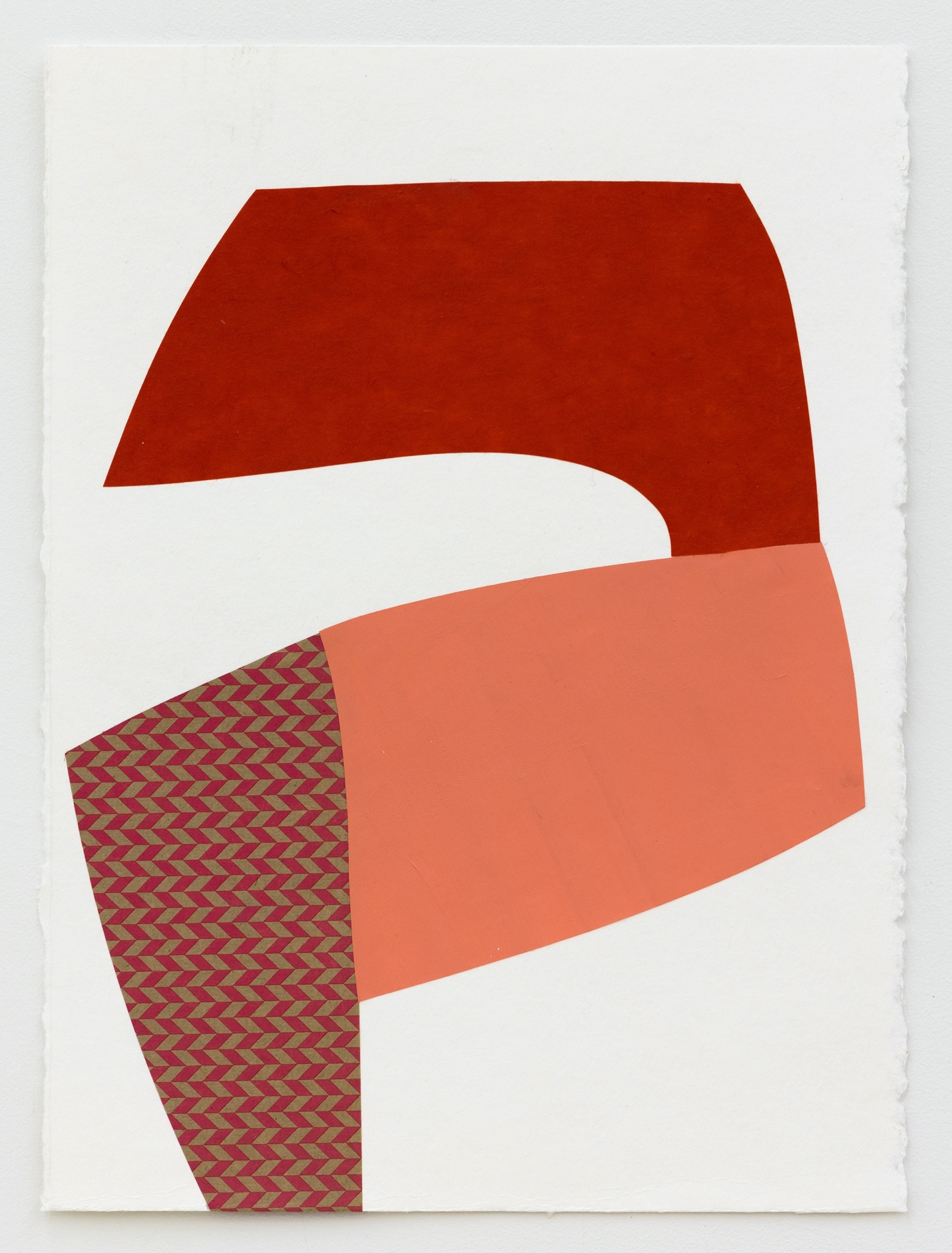
You mentioned growing up with improvisation as a kind of foundational life skill. Do you see your installations as improvisational acts? How do movement and spontaneity show up in your process, especially when working with spatial structures that often seem so precise?
Because of what I do and the projects that I am often involved in, on the process side improvisation and spontaneity come through in the spaces between planning. There is plenty of room for the two to flourish within this approach; you just have to be open to seeing it and flexible enough to shift when it allows. There are usually long runways for many of these projects and I have learned that the way to keep it fluid is to not get locked into one way of looking at something.
During installation and while on site, everything is subject to change—within the limits of that which can be changed. A structure or composition might be planned to exist in a certain way, but once I see how it interacts with the space or how it might affect a viewer’s movement, I’ll adjust. I like that tension between control and spontaneity. There’s a responsiveness built into the process that I think comes from that early exposure to improvisation—not as chaos, but as fluency.
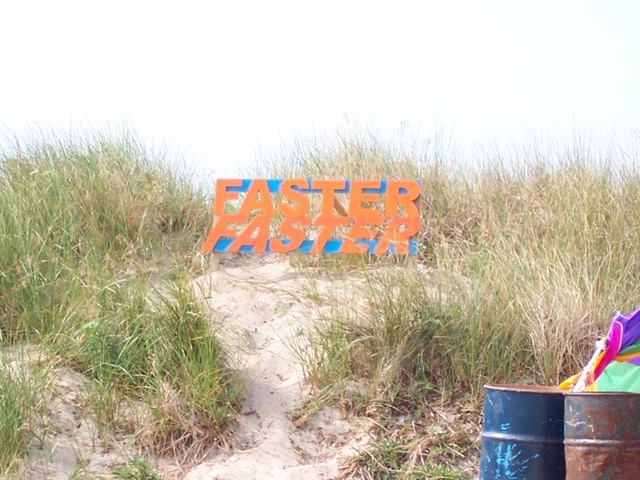
How has your relocating from Brooklyn to the Southwest for graduate school and then on the east end of Long Island helped shape and influence your work’s visual language for the particular kind of art you make?
Relocating from Brooklyn to Las Vegas for graduate school was a radical shift that definitely impacted my visual language. New York was home, a familiar place that was grounding in a way that home is, and I understood it with its layers of culture, density, the architecture, energy, and urgency. New York shaped my understanding and values, and how I wanted to live in the world, but I was looking for something more expansive, and I was being pulled west. The desert provided space, and Las Vegas was a crazy and anachronistic clash of nature and culture, spectacle and sprawl like I had never seen before—it was a very exciting shift. The dissonance between surface and structure, the artificial and the actual, really influenced how I began thinking about form, perception, and the body’s relationship to both.
Then, settling on the East End of Long Island brought another shift. There’s a different but still constant tension between cultivated and wild, manicured and unruly. The tension is somewhat muted and masked, but nonetheless powerful and assertive. I think my work became more attuned to that tension: how built structures—grids, fences, walls—interact with organic forms or human movement. I began to lean into a language of collision and overlay, interruption and permeability.
I guess I have taken something from each of the places I have lived – the urban density, the desert expanse, the layers of a coastal town – all have found some echo in my work. The shapes, colors, and spatial dynamics I use are responses to those environments, not just in terms of what they look like, but how they make me feel and move through space.
You’ve lived in places with dramatically different geographies—from urban Brooklyn to the open desert and the coastal edges of Long Island. How consciously do those landscapes factor into your formal choices (if at all)? Would you be able to give an example of a work that is directly in dialogue with a specific place?
When I first relocated back to the East Coast after Las Vegas, I came directly to the east end of Long Island. It is hard not to notice or be affected by the many tensions that present, mainly the dissonance between the area’s working-class history and the accelerating influx of wealth. I was coming from a place where signage was the main vernacular, so it seemed only fitting to create a series of signs that expressed that friction. The signs were deliberately sited in places where the tension between past and present, labor and luxury, could be felt in the land itself: in cornfields, on the dunes, in the marshes, and as a kind of intervention into the visual noise of a road sign. The project of making the signs and siting them and seeing how long it took for them to come down was a way for me to bridge the gap between where i had been and where I now was, a way to understand better the landscape that I was working in as well as to make a mark in collaboration with it.
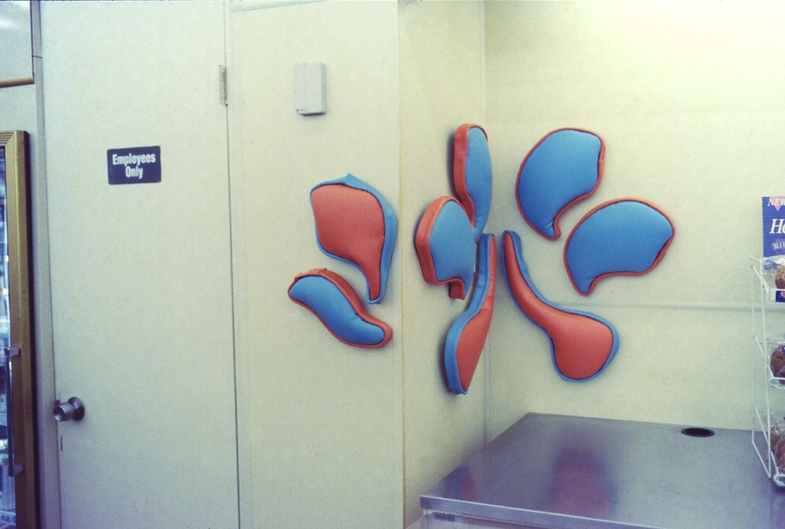
Your work seems to straddle painting, sculpture, and installation— what were some of the influences (theoretical or otherwise) that helped shape your aesthetics? Why does working across media seem essential to you?
I’ve always worked between painting, sculpture, and installation because that’s where the energy is – where things don’t settle neatly into categories. I’m interested in how spaces behave, how we move through them and how structures guide or interrupt us. That comes partly from being drawn to architecture and design – systems that organize the world, but also sometimes fail or glitch in interesting ways.
I’ve been influenced by architects and early modernist designers who were thinking about form as both functional and symbolic as well as the Bauhaus idea of integration of disciplines. The idea of clean geometry colliding with lived experience is an exciting intersection. I am interested in how art can call into question the use of a space, how perception can be challenged by placement of objects or rearranging of optical cues.
Marc Augé’s idea of non-places—those generic, transitional spaces like airports or parking lots-really resonated with me. Those environments are designed to be forgettable, but I find them fascinating. They reveal how much of our built world is about control, movement, erasure. My work plays with that: creating environments or objects that feel familiar but slightly off, formal but disrupted.
Working across media is a technical and conceptual choice and a formal response to the particular problem posed by each new project. Each material or form lets me address the space in a different way, challenge perception, or thwart expectations. I want the viewer to feel a little unsure and start to question their own assumptions about a space. That tension is the core of my aesthetic.
You mentioned Marc Augé’s concept of non-places—spaces of transit and erasure. Do you see your work as a kind of resistance to that anonymity, or more as a mirror held up to those environments?
That idea of non-place – spaces stripped of identity, built purely for passage or transaction – has definitely been an idea that has intrigued me over the years. I think it’s because we find a kind of community of strangers where often the best and the worst of humanity is on display – there is an anonymity that allows for both. The spaces themselves are built to be indistinguishable so as to allow for frictionless passage and I like the idea of complicating that—of eliciting a reaction to heighten the experience and engage the community of strangers around something.
I think my work operates somewhere between resistance to those spaces and embrace of them. It doesn’t reject those environments outright, but it complicates them, slows them down, asks something more of them. These spaces are part of how we live. They’re symptomatic of something larger: convenience culture, displacement, speed. By inserting geometry, deliberate composition, or an unexpected form into them, I’m not trying to romanticize the past, but to reflect where we are, and maybe carve out an intention or awareness within that flow.
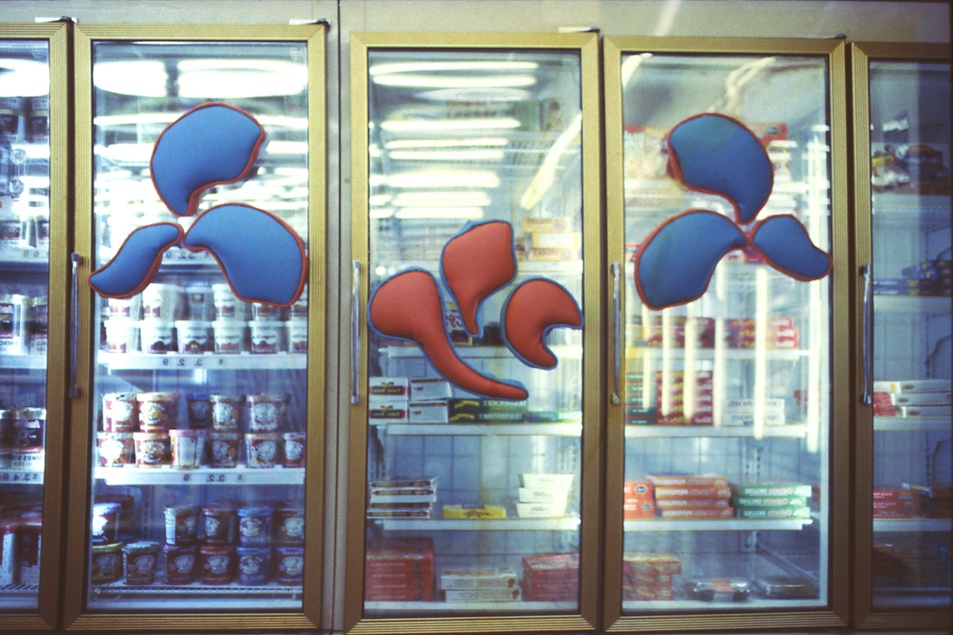
Geometry and spatial disruption seem to be recurring themes in your work, as an example in Gridded Commune and To Dwell In Possibility. What draws you to these ideas?
Geometry offers a sense of order, control, and predictability. I am interested in the intersection of that which defines geometry and disorder—in the tension that comes from that intersection. A grid is a structure to build on, a stage. In works like Gridded Commune or To Dwell in Possibility, I’m using geometry like a language—one that sets expectations and then challenges them.
I think that tension between stability and disruption is central to how I see the world. We live in systems—architectural, political, social—that try to organize us, but they’re never neutral. I use geometry to highlight that, to suggest how structure can be both comforting and oppressive but ultimately something that can be generative.
Spatial disruption, for me, is a way of making those systems visible. When a wall tilts or a plane folds unexpectedly, it forces you to renegotiate your relationship to the space. You can’t just passively view the work—you have to move around it, respond to it, feel a little off balance. I want the work to create a kind of friction, a push and pull between order and uncertainty.
Ultimately, I think I’m drawn to these ideas because they mirror the way we navigate the world—always trying to find footing within structures that are constantly shifting—renegotiation and flexibility are vital parts of living in a complex social structure.
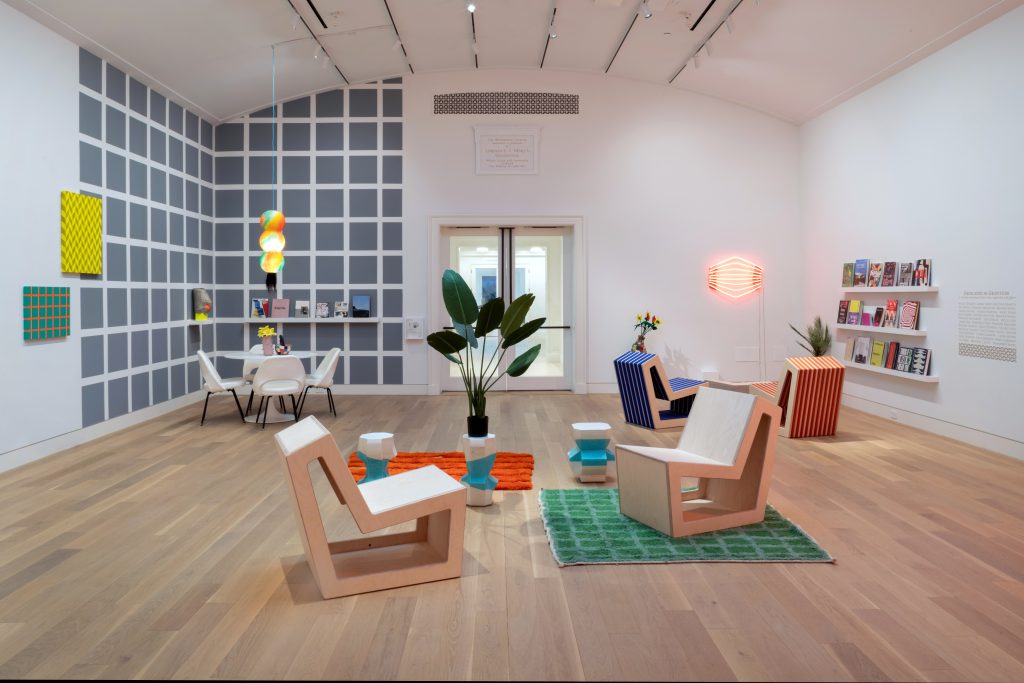
You describe wanting the viewer to feel “a little off balance”—to renegotiate their relationship to space. Have you witnessed any particularly memorable or unexpected reactions to your work that helped you see it in a new light?
Yes, the best moments are when someone responds physically to the work without realizing it. I’ve seen people shift their weight, adjust their eyes, tilt their head—those small gestures that signal a kind of bodily confusion or curiosity. Someone once told me that they felt like the wall was tilting toward them—it had been painted in such a way that an illusion was happening – and it unsettled their relationship to the architecture. That was exciting as it reminded me that disruption doesn’t have to be loud—it can be subtle, almost imperceptible. When perception is challenged like that it opens up the possibility of a shift in understanding and assumptions – and becomes a momentary release from the known.
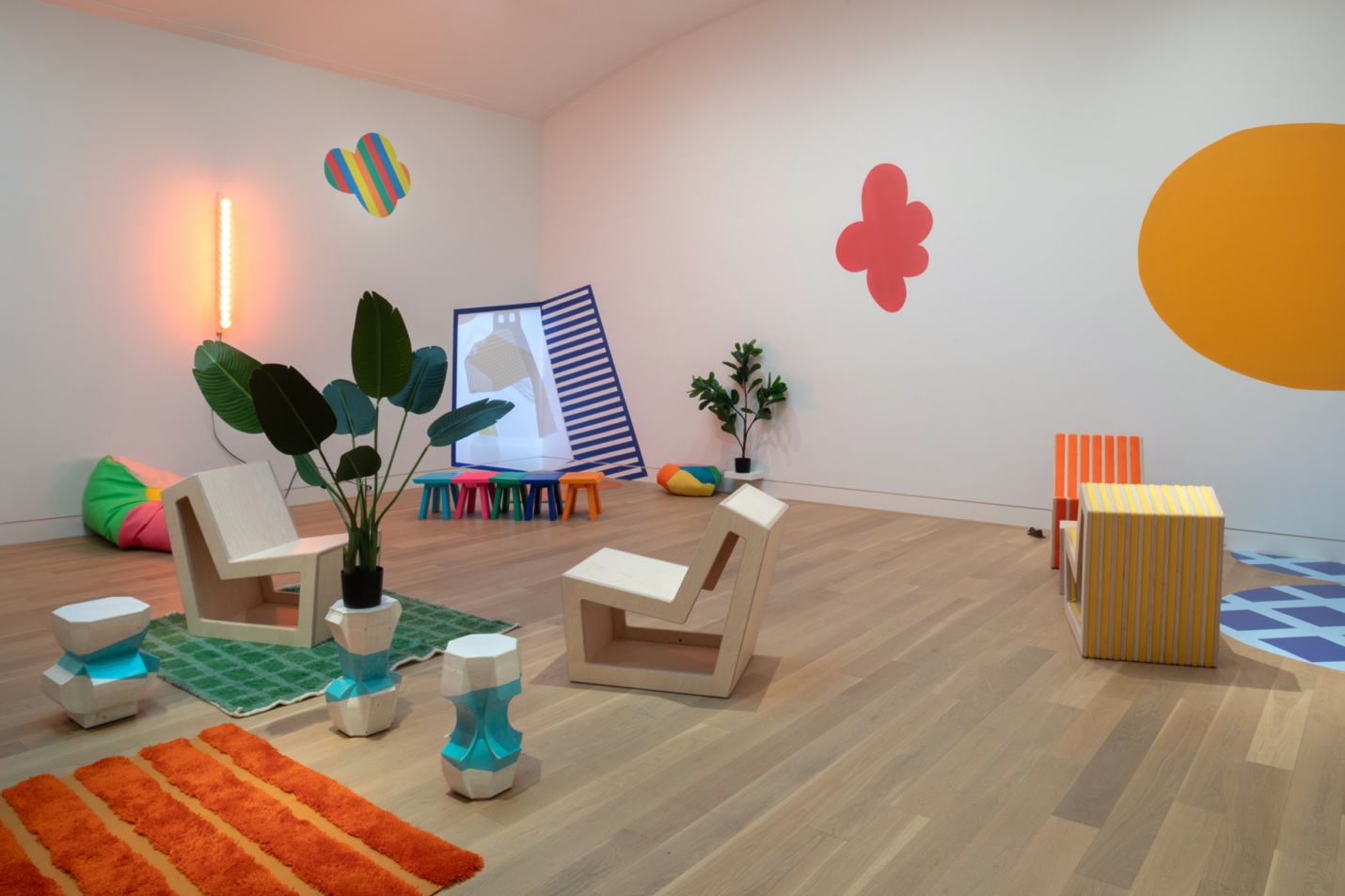
You said geometry is a kind of language—one that sets up expectations and then subverts them. How do materials play into that language? Are some materials more prone to “disrupting” or “complying” with the grid?
Materials carry their own histories and associations and that can either support or disrupt the geometry I’m working with. Plywood or MDF behaves one way—it’s flat and architectural and can be easily built up and secured to conform to a plan. But when you introduce something like papier mache and chicken wire, or clay and cement—all of which have their own material structure and are more elusive in terms of grids—suddenly the grid slips.
Some materials conform and others have a life of their own—they resist—I’m interested in that tension. The grid sets a kind of expectation—a rational order—and the material either obeys it or rebels. It’s kind of like the expectation that is set up within architecture and then the unintended consequence of the body in that space. That’s where the language gets interesting. It’s not just about line and form—it’s about behavior, resistance and tension.
Can you walk us through your process—how does a piece typically begin for you? Perhaps using your recent installation at Guild Hall as an example.
In the case of public works or large-scale projects—I begin with a problem that needs solving which comes to me in the form of a project proposal. When possible, I go to the site to observe the built environment—to understand how the space or architecture is being used—the way bodies move through the space and create patterns of movement or the rhythm of habit is interesting to me as I start to consider what I want the thing to be. I start drawing intuitively, not to design something final, but to think through form. The drawings are a place to experiment with tension – between control and disorder, balance and disruption. I use a lot of collage while working out these relationships. Depending on the project I will research the histories of the places I am working around which will inevitably find its way into the work; I want what I do to be in conversation with what has been before and what still is part of a place.
For the Guild Hall installation, Wading Room, the process started with the architecture itself and a specific mandate for the space—a civic space to lounge, work, read, sew, chat, or just be. I knew I wanted to create a piece (or several pieces) of furniture—I knew that the chair was the sculptural form that I was working with. The room itself has a formal clarity, a sense of order and history, and I wanted to respond to that by inserting elements that would disrupt without dismantling. Color, geometry, and surface became tools to reorient the viewer’s experience. I was thinking about how a structure can behave like a system – something you can follow, or resist. The installation grew out of that – layering, shifting, repeating—until the piece became its own environment, one that challenged the room’s authority while still being in dialogue with it.
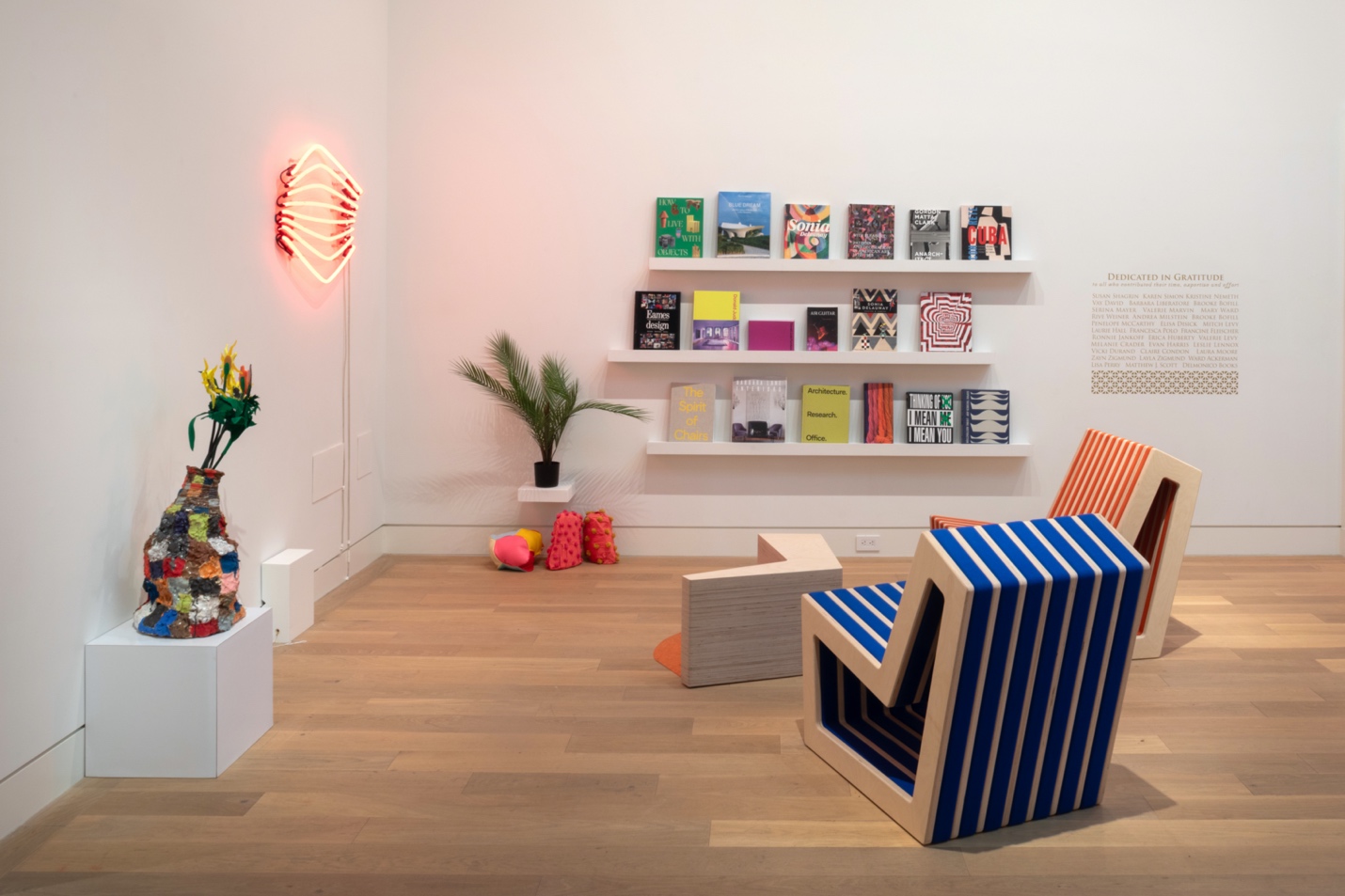
Do you have any upcoming projects we should be aware of in the coming year? Tell us about what they are and what we should expect to see.
I’m working on a new large-scale public work—a commission for Bella Abzug Park in NYC that reimagines what a figurative sculpture in a civic space can be. Rather than a static monument, I’m thinking of the figure as something more performative and open-ended—a kind of embodied gesture that shifts as you move around it. It’s rooted in the language of geometry, but the reference in the form is distinctly figurative. I’m interested in how abstraction can still carry presence and be relatable, without reverting to traditional figuration. This project plays with scale, gesture, and color in ways that suggest motion and potential, rather than resolution. To move with and in relation to; to dance.
Riad Miah Riad Miah was born in Trinidad and currently lives and works in New York City. His work has been exhibited at the Baltimore Museum of Contemporary Art, Sperone Westwater, White Box Gallery, Deluxe Projects, Rooster Contemporary Art, Simon Gallery, and Lesley Heller Workshop. He has received fellowships nationally and internationally. His works are included in private, university, and corporate collections. He contributes to for Two Coats of Paint, the Brooklyn Rail, and Art Savvvy.
Related articles:
https://artspiel.org/lauriston-avery-with-riad-miah/
https://artspiel.org/guan-hong-lu-at-nunu-fine-art-new-york/
https://artspiel.org/conversation-with-sandra-eual-lee/